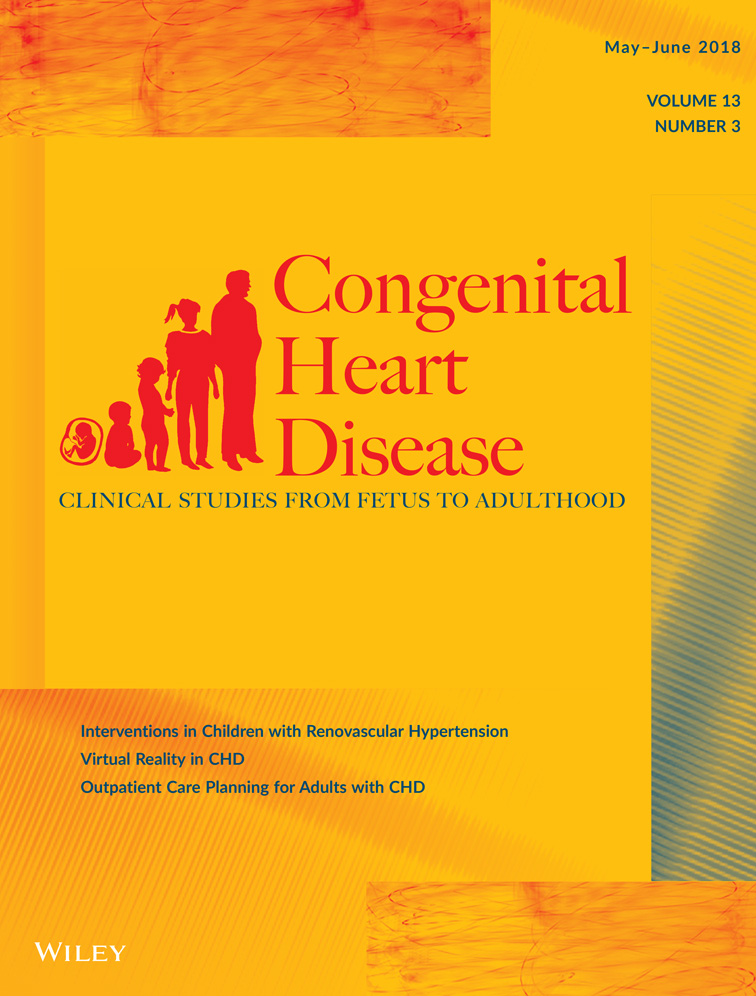RSV prophylaxis guideline changes and outcomes in children with congenital heart disease
Abstract
Objective
The aim of this study was to compare inpatient outcomes and costs for children with respiratory syncytial virus and congenital heart disease before and after the change in management guidelines for respiratory syncytial virus prophylaxis.
Design
Hospital discharge data from the Vizient (formerly University HealthSystem Consortium) were queried from October 2012 to June 2014 (Era 1) and July 2014 to April 2016 (Era 2) for patients aged <24 months with an any International Classification of Disease (ICD)-9 or ICD-10 code for congenital heart disease (745-747.49, Q20.0-Q26.4) and a primary or secondary admitting diagnosis of respiratory syncytial virus infection (079.6, J20.5), acute bronchiolitis due to respiratory syncytial virus (466.11, J21.0) or respiratory syncytial virus pneumonia (480.1, J12.1).
Setting
This study is a review of a national administrative discharge database.
Patients: Respiratory syncytial virus admissions were identified in 1269 patients aged <24 months with congenital heart disease, with 644 patients in Era 1 and 625 in Era 2. Patients 0–12 months old represented 83% of admissions.
Interventions
Prior to 2014, children aged 0–24 months with congenital heart disease were eligible to receive respiratory syncytial virus prophylaxis. Updated guidelines, published in 2014, restricted the recommendation to administer palivizumab respiratory syncytial virus prophylaxis to children with congenital heart disease only if they are ≤12 months old.
Outcome measures
The outcome measures are hospital length of stay, ICU admission rate, mortality, and direct costs.
Results
There was no change in length of stay, ICU admission rate, in-hospital mortality, or direct costs for children 13–24 months old with congenital heart disease after the change in guidelines. There were no deaths in 13–24 month olds, regardless of era.
Conclusions
Our findings provide additional support for the new guideline recommendations to provide respiratory syncytial virus prophylaxis only for children ≤12 months old with congenital heart disease.
CONFLICT OF INTEREST
The authors have indicated they have no potential conflicts of interest to disclose.




